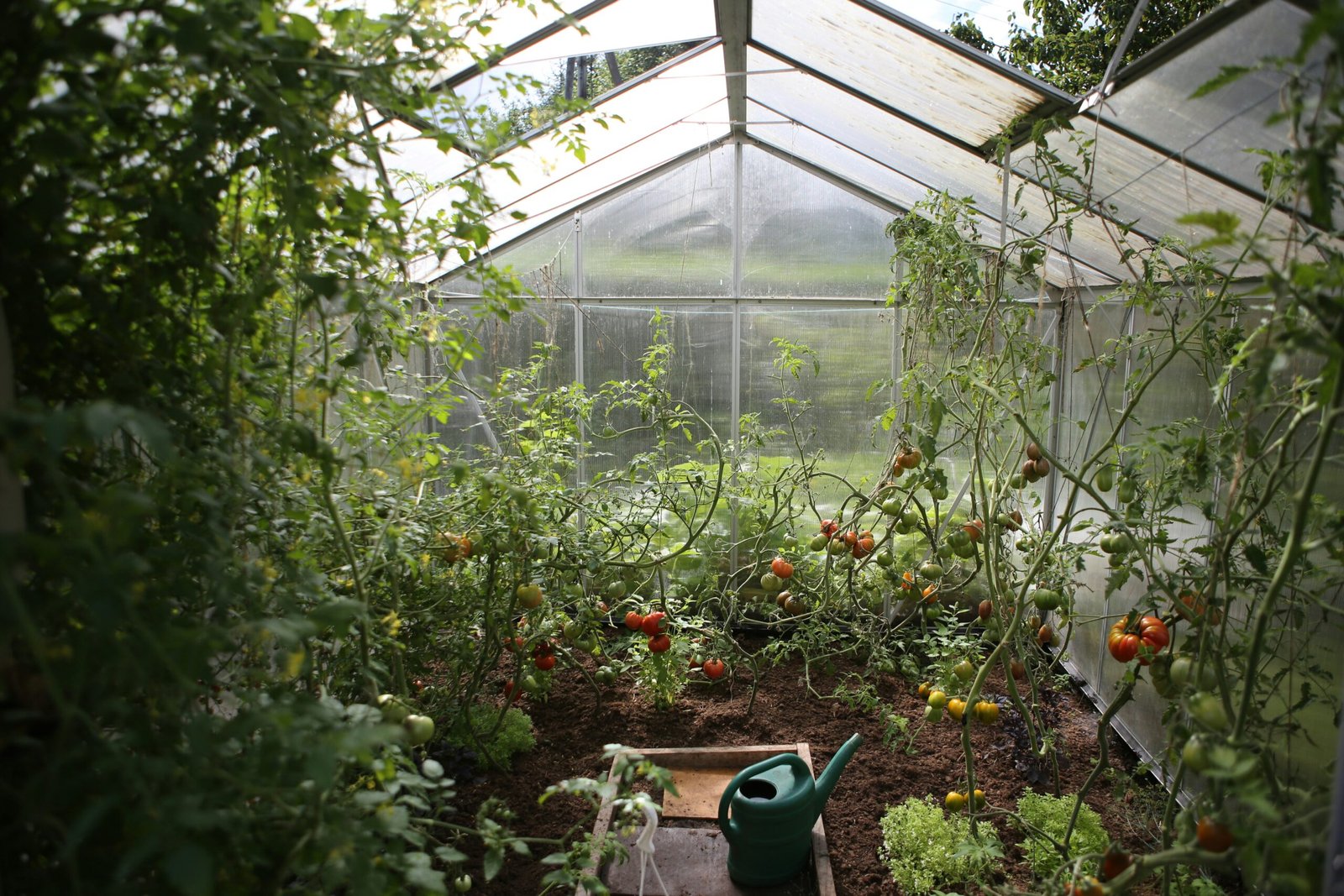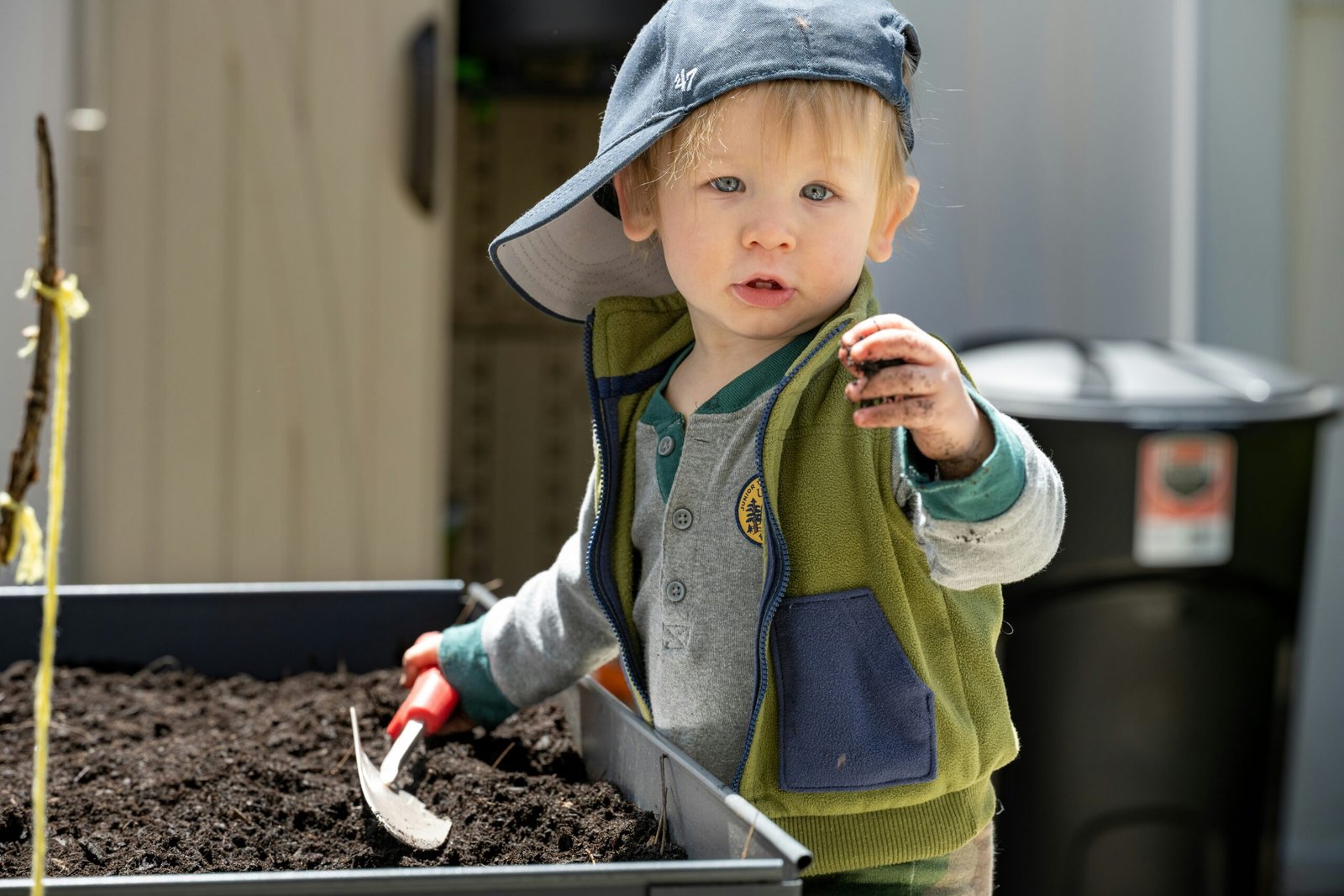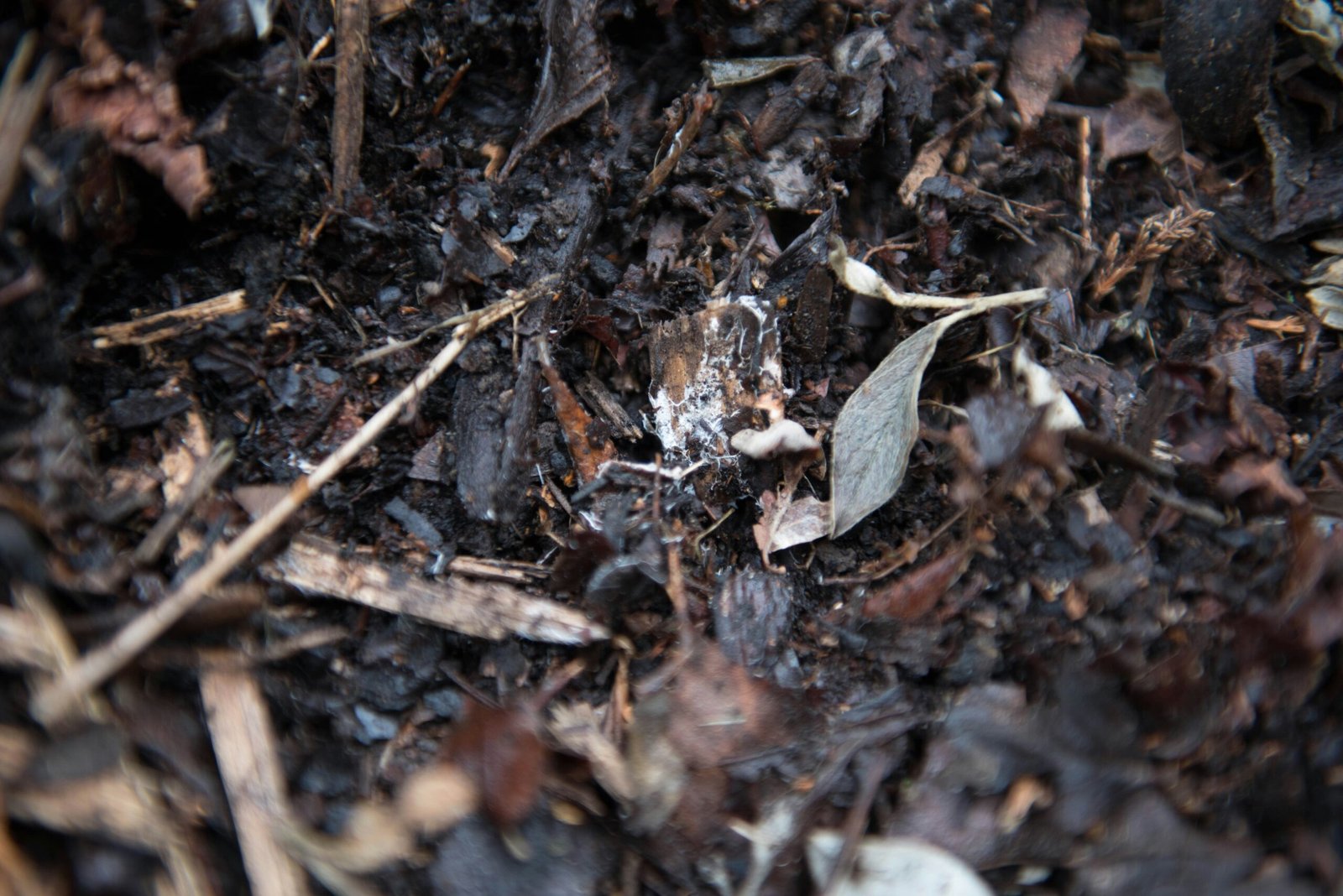Introduction
A homestead kitchen garden is a wonderful way to grow herbs, vegetables, and fruits that can be directly used in daily cooking. Not only does it provide fresh and flavorful ingredients, but it also allows you to have control over the quality and safety of the produce you consume. To help you get started on your own kitchen garden, we have crafted a checklist that covers essential aspects such as companion planting, succession planting, and natural pest control.
1. Planning Your Kitchen Garden
Before you start digging, it’s essential to plan your kitchen garden. Consider the available space, sunlight exposure, and the types of plants you want to grow. Make a list of herbs, vegetables, and fruits that you frequently use in your cooking.
2. Companion Planting
Companion planting involves strategically planting different crops together to enhance growth, repel pests, and increase yields. Here are some popular companion planting combinations:
- Plant basil near tomatoes to improve their flavor and repel pests.
- Grow marigolds near beans to deter bean beetles.
- Plant carrots near onions to repel carrot flies.
3. Succession Planting
Succession planting ensures a continuous harvest throughout the growing season. By staggering your plantings, you can enjoy a steady supply of fresh produce. Consider the maturity dates of different plants and sow seeds or transplant seedlings accordingly.
For example, if you want a continuous supply of lettuce, sow a few seeds every two weeks. This way, you’ll have young lettuce plants ready to harvest as the older ones are being consumed.
4. Natural Pest Control
Keeping pests at bay without the use of harmful chemicals is crucial for maintaining a healthy kitchen garden. Here are some natural pest control methods:
- Encourage beneficial insects like ladybugs and lacewings that feed on pests.
- Use physical barriers such as netting or row covers to protect plants from insects.
- Make organic insecticidal sprays using ingredients like neem oil or garlic.
5. Soil Preparation
Healthy soil is the foundation of a successful kitchen garden. Before planting, ensure that the soil is well-draining, fertile, and rich in organic matter. Consider conducting a soil test to determine the pH level and nutrient content. Amend the soil as needed by adding compost or organic fertilizers.
6. Watering and Mulching
Proper watering is essential for the growth and productivity of your plants. Water deeply and infrequently to encourage deep root growth. Mulching around plants helps retain moisture, suppress weeds, and maintain a more consistent soil temperature.
7. Regular Maintenance
Regular maintenance is crucial to keep your kitchen garden thriving. This includes weeding, pruning, and monitoring for pests or diseases. Remove any damaged or diseased plants promptly to prevent the spread of infections.
8. Harvesting and Storage
Harvest your crops at the right time to ensure peak flavor and nutritional value. Different plants have different harvesting requirements, so familiarize yourself with the specific needs of each crop. Store harvested produce properly to maintain freshness and extend shelf life.
Conclusion
A homestead kitchen garden can bring immense joy and satisfaction as you grow your own fresh ingredients. By following this checklist and implementing companion planting, succession planting, and natural pest control methods, you’ll be on your way to enjoying a bountiful harvest of herbs, vegetables, and fruits that can be directly used in your daily cooking.
Remember to adapt the checklist to suit your specific gardening conditions and preferences. Happy gardening!





